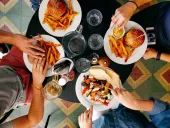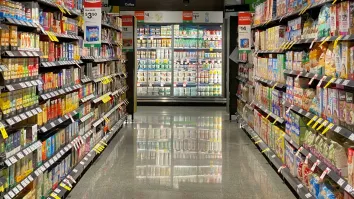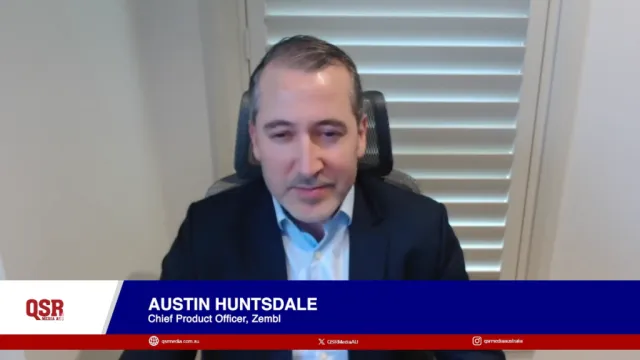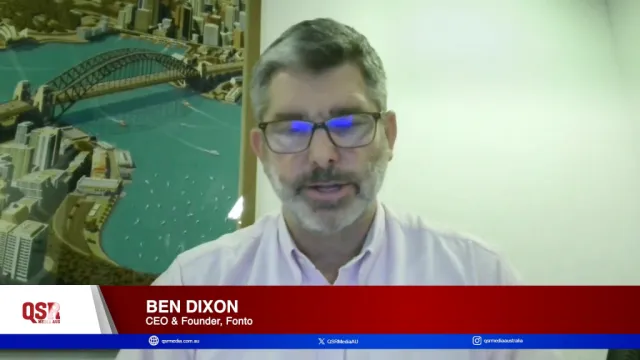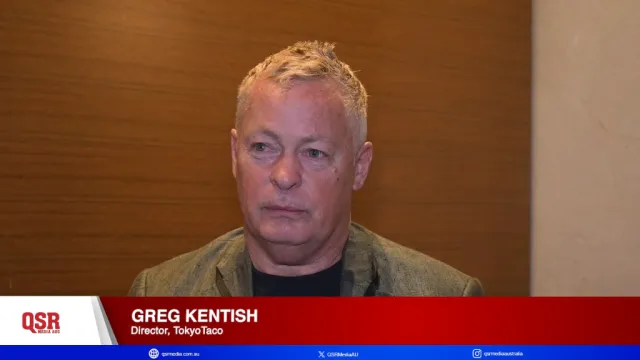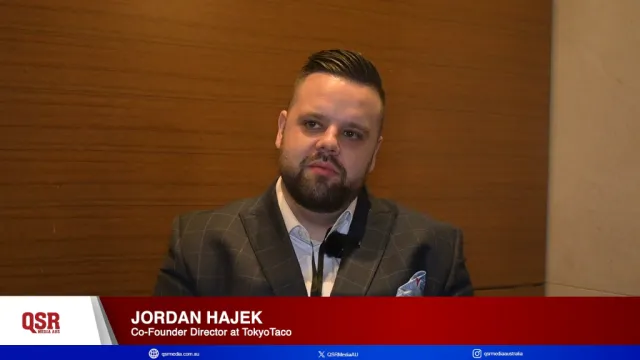
The ‘three order’ rule that could can transform your retention strategy
By Nick SargentThe first three orders are crucial to gaining a customer’s loyalty.
What if your next big growth project wasn’t opening new stores or launching new products, but getting the same customers to come back just twice more?
That’s the opportunity for many quick-service and fast-casual restaurants right now. While QSR brands have mastered the art of building awareness and attracting first-time customers, many are leaving value on the table by not fully understanding the customer lifecycle - or how to influence it.
Having worked with dozens of QSR partners across Australia and New Zealand, I’ve made one key observation— the industry is still largely in the dark when it comes to who their customers really are.
That’s because, on average, only 30% of QSR transactions happen through an app or online channel. The remaining 70% are in-store and offline, which means most of the time, brands don’t actually know who they’re serving¹.
When you don’t know your customer, it becomes a challenge to guide them to come back. You can’t see when they drop off. And you can’t build the kinds of personalised experiences that turn casual diners into loyal fans.
But the good news is that there is a strategic fix to unlock this enormous opportunity.
Cravings, habits, loyalty = The Hook Model
Something I’ve seen work well with QSR partners is based on a framework called ‘The Hook Model’ by Nir Eyal. This customer experience model was developed to help understand the consumer path to becoming ‘hooked’ on a particular experience.
It's used across a number of industries, but it’s surprisingly powerful when applied to food and hospitality.
There are four parts to the model, each flowing into the next. It starts with craving, that spark of first interaction - a video ad catching someone’s attention at breakfast or a discount appearing just as hunger strikes.
From there comes the order, where the experience itself has to feel seamless: showing up at the right moment, arriving quickly, and meeting expectations without friction. When that happens, it naturally leads to reward, as the second order confirms the good experience and begins to build trust.
Over time, this turns into an investment, where customers form a real connection by saving your store to favourites, leaving a review, or sharing it with friends.
It sounds fairly simple and nothing new, right? But the thing is, this journey doesn’t happen by accident. Brands need to design for it.
The ‘Rule of Three’ is a loyalty tipping point
Here’s where it gets really interesting. We’ve found that two in three customers will try a restaurant once but don’t place a second order. That means the majority of people try a restaurant once and don’t return for at least 90 days.
Our internal data has told us retention jumps to 71% after the third order (from 56% after the second).
Frequency also matters. Our data tells us customers who reach three orders within a month are also worth up to 50% more annually than those who take longer.
It also says this third order is crucial for QSR brands. It is when habit forms and emotional loyalty kicks in for good.
Think of it like this. After the first order, customers are curious but cautious. After the second, they start to trust the experience. But after the third, the customer is "hooked”. Ordering with you becomes part of their routine.
That’s why we call it the ‘Rule of Three’, and it’s a critical metric more QSR brands should be tracking and designing for.
If your team isn’t focused on helping new customers get from their first to third order quickly and consistently, brands can be overlooking one of the most valuable stages in the customer lifecycle.
The ultimate trigger for ‘Craving’
So how do you spark that all-important first craving in The Hook Model?
In my experience working with brands on the platform, one of the most effective ways is video advertising - but not just any video, and not in just any moment.
The real opportunity for QSR brands is to reach people when they’re already hungry or thinking about food: waiting for a delivery to arrive, or on their way to a destination.
These are high-intention, high-attention and high-reward moments. They’re also perfect windows of opportunity for showing off your latest product, your new breakfast range or a limited-time offer.
In fact, we’ve found that almost half of new customers come to a store through ads or offers - not organically. This proves how important it is to get this first ‘trigger’ right.
In a world where customers have endless food choices at their fingertips, showing up at the right moment, with a message that resonates, can be the key to increasing their consideration and winning them over.
Lifecycle marketing is the next big QSR opportunity
The challenge for QSR brands isn’t awareness. It’s consistency.
The brands that grow will be the ones that stop chasing one-off transactions and start building loyalty by design - this means moving customers from a single meal purchase to a long-term habit.
By understanding your customer lifecycle, tracking that journey across digital and offline moments, and focusing on the pivotal third order, you can unlock stronger loyalty, more efficient marketing, and long-term growth.
In this business, staying top of mind matters - but what matters more is becoming the brand they return to, again and again.
Sources:
¹Statista 2024 & 2. The Phocuswright Global Travel Market Report 2024

